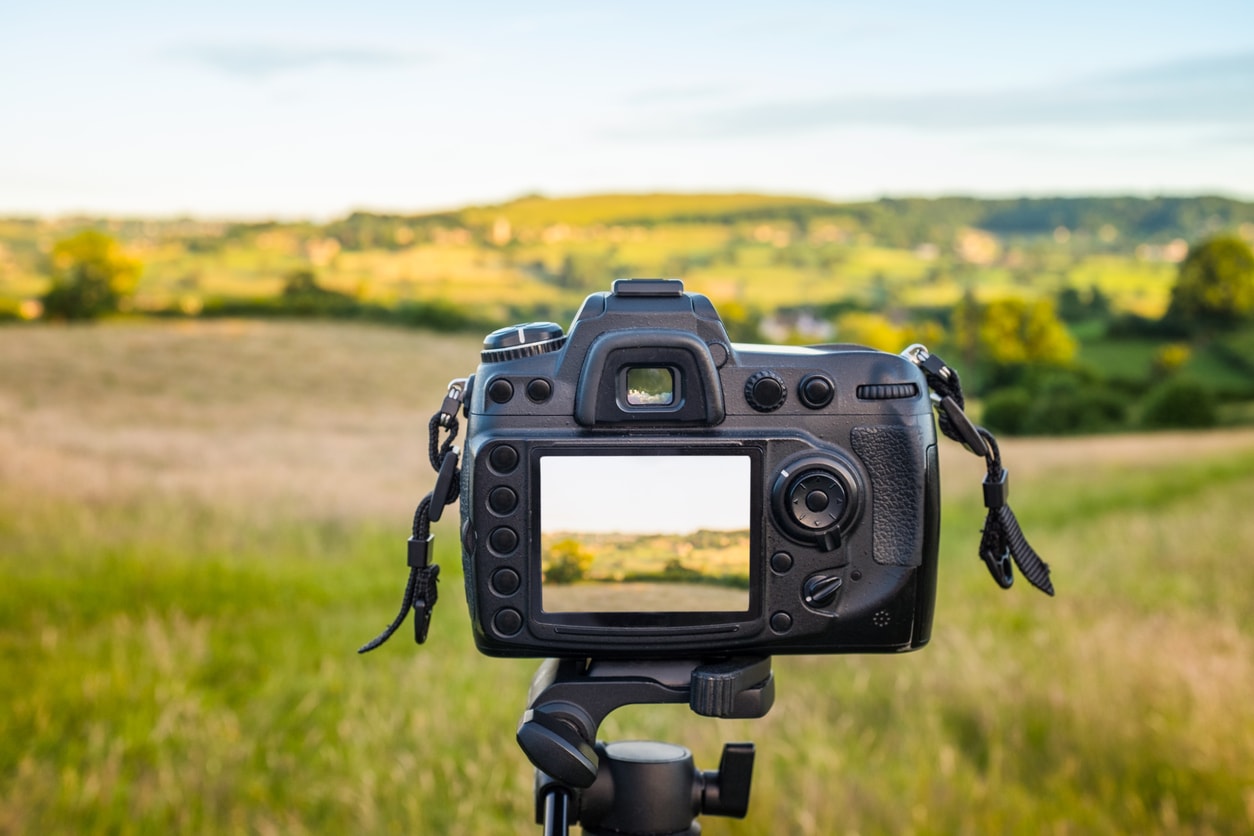Which Canon Mirrorless Camera is Best for Wildlife Photography?
When it comes to capturing the untamed splendor of wildlife, having the right equipment can make all the difference. Professional photographers often debate which canon mirrorless camera is best for wildlife photography. With Canon's extensive range of mirrorless cameras, making a selection can be daunting. This article aims to guide you through the best options and help you make an informed decision.

Why Choose Canon Mirrorless Cameras?
Canon has been a leader in the photography world for decades, renowned for its innovation, reliability, and superior image quality. Their mirrorless camera lineup combines the latest technology with user-friendly features, making them a favorite among professionals. But why choose Canon mirrorless cameras for wildlife photography specifically?
Firstly, Canon's mirrorless cameras are known for their incredibly fast autofocus systems. Wildlife photography often involves capturing fast-moving animals, and split-second focus can be crucial. Moreover, these cameras typically offer excellent high ISO performance, allowing you to shoot in low-light conditions without compromising on image quality.

Top Canon Mirrorless Cameras for Wildlife Photography
Canon EOS R5
The Canon EOS R5 is frequently highlighted as the top choice for wildlife photography. With its 45-megapixel full-frame sensor, the image quality is nothing short of spectacular. The camera's autofocus system, featuring Dual Pixel CMOS AF II, offers lightning-fast and accurate focus tracking, which is invaluable when photographing swift animals.
Moreover, the R5's ability to shoot 8K video adds another layer of versatility, allowing photographers to capture high-definition video footage of wildlife. The robust build quality and weather-sealing offer extra protection, ensuring the camera performs well in various environmental conditions.
For more details on what makes a mirrorless camera unique, you can click here.
Canon EOS R6
The Canon EOS R6 is another strong contender, especially for those who prioritize speed and low-light performance. With a 20.1-megapixel sensor, it may not have the resolution of the R5, but it excels in other areas. The R6 offers an impressive continuous shooting rate of up to 20 frames per second, making it an excellent choice for capturing fast-paced wildlife action.
Its in-body image stabilization system provides up to 8 stops of stabilization, making it easier to shoot sharp images even when using long lenses. This feature is particularly useful for wildlife photographers who often work without a tripod.

Features to Consider
Now that we've highlighted some top models, let's dive into the features you should consider when choosing a Canon mirrorless camera for wildlife photography:
Autofocus
As mentioned earlier, autofocus performance is crucial. Look for cameras with advanced AF systems capable of tracking fast-moving subjects accurately.
Image Quality
High resolution and excellent low-light performance are crucial when capturing wildlife. Full-frame sensors generally offer superior image quality and dynamic range.
Frame Rate
High continuous shooting rates allow you to capture multiple shots in quick succession, increasing your chances of getting the perfect shot.
Durability
Wildlife photography often involves challenging environments, so a camera with a robust build and weather-sealing is highly recommended.
FAQs
What makes a Canon mirrorless camera suitable for wildlife photography?
Canon mirrorless cameras are known for their fast autofocus, excellent image quality, and advanced features like high frame rates and in-body stabilization, making them ideal for capturing wildlife.
Is the Canon EOS R5 worth the investment for wildlife photography?
Yes, the Canon EOS R5 offers top-tier features like a 45-megapixel sensor, 8K video, and exceptional autofocus, making it a worthy investment for serious wildlife photographers.
Can I use my existing Canon lenses with a mirrorless camera?
Yes, Canon mirrorless cameras are compatible with a wide range of Canon EF and EF-S lenses using an adapter, making the transition smoother for photographers with existing gear.
For more information on how to use a mirrorless camera, you can click here.
As an Amazon Associate, I earn from qualifying purchases.

